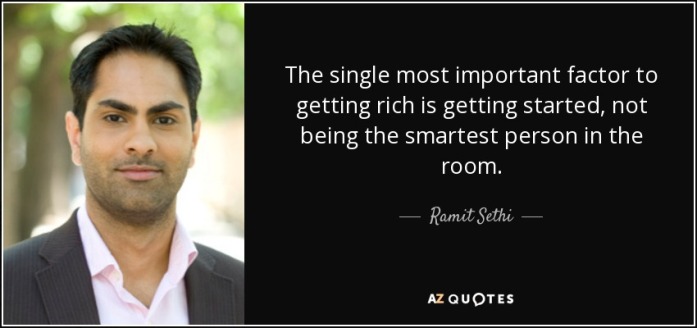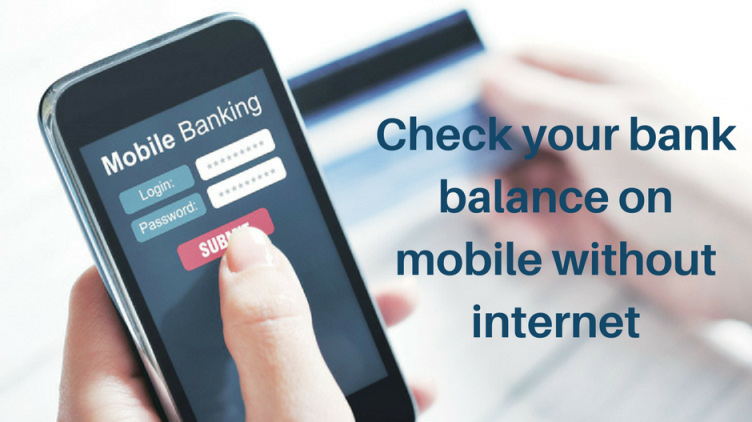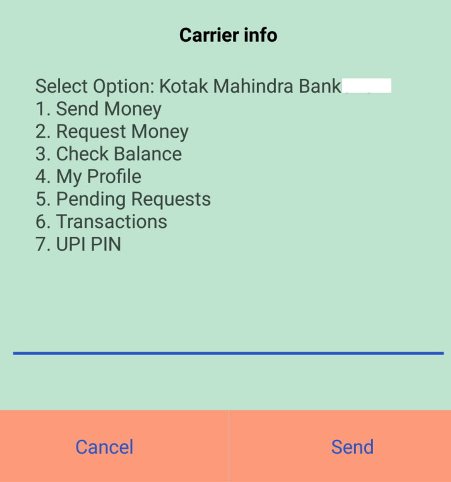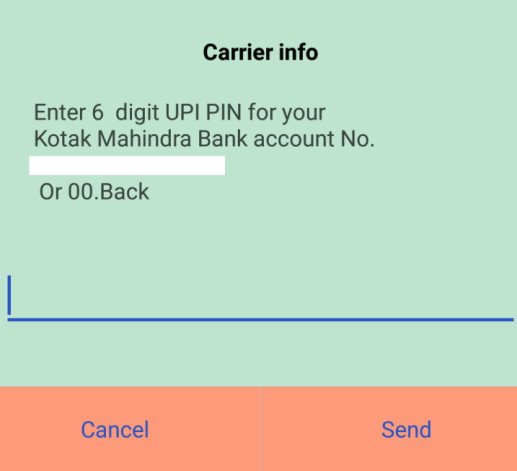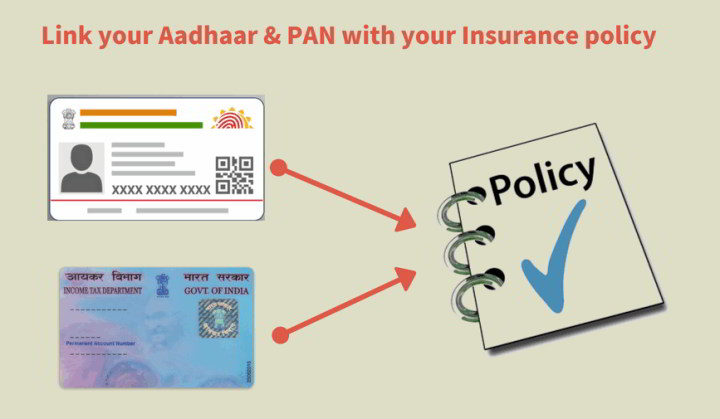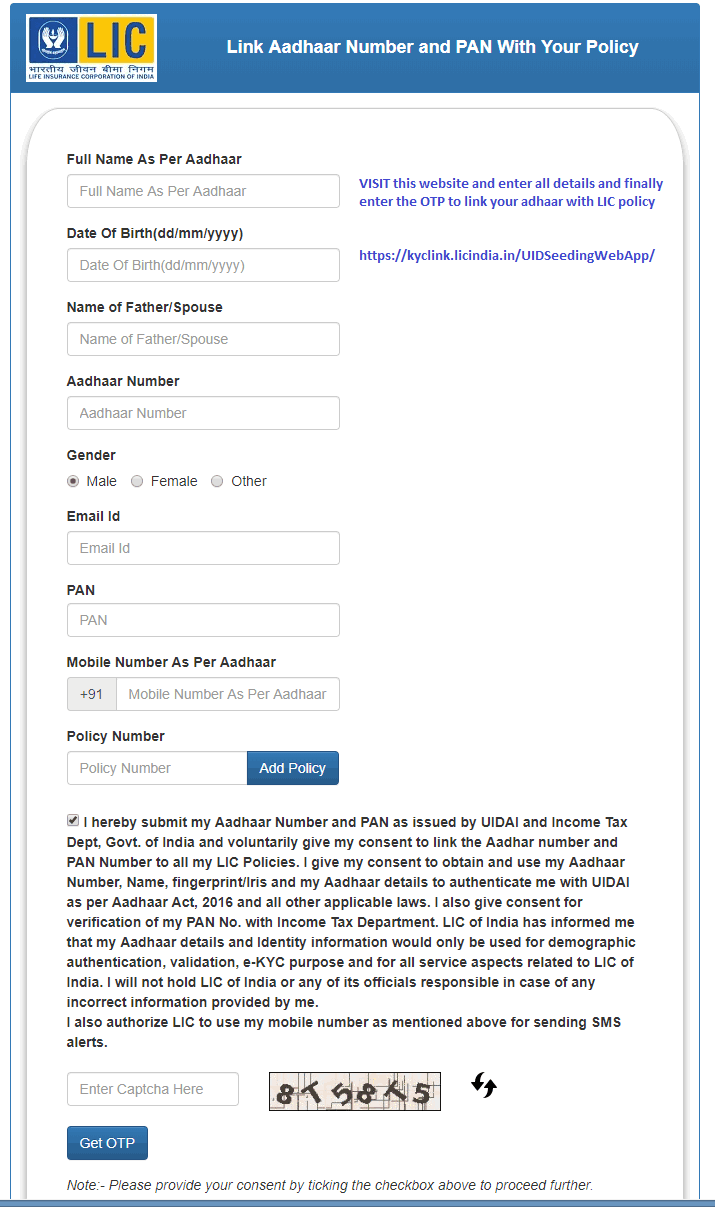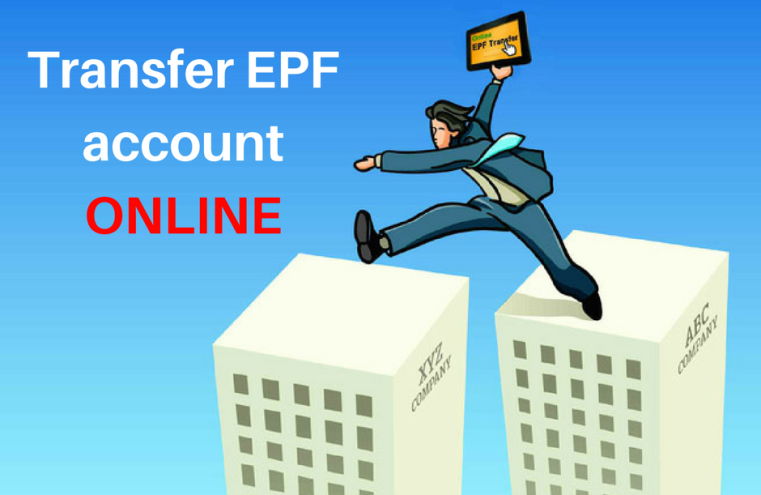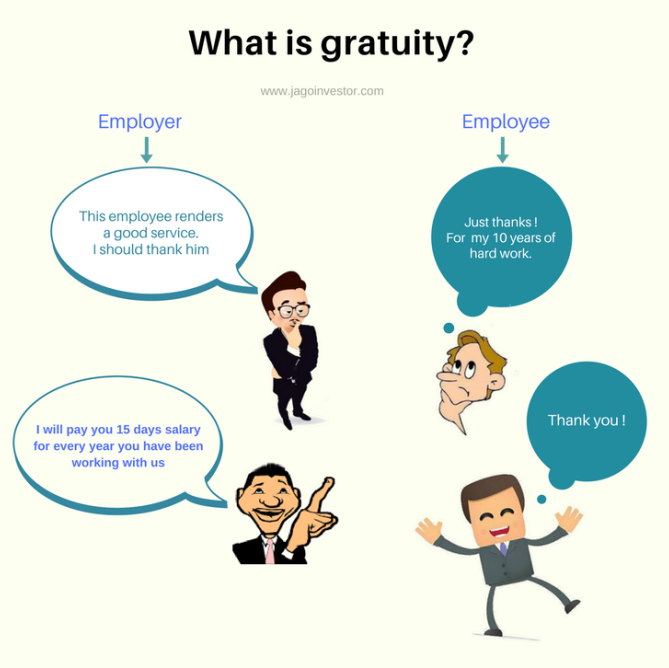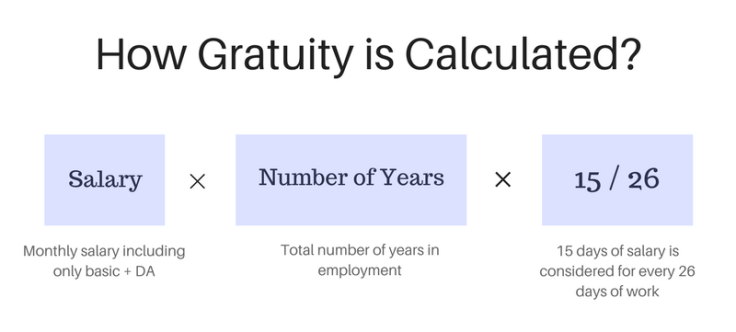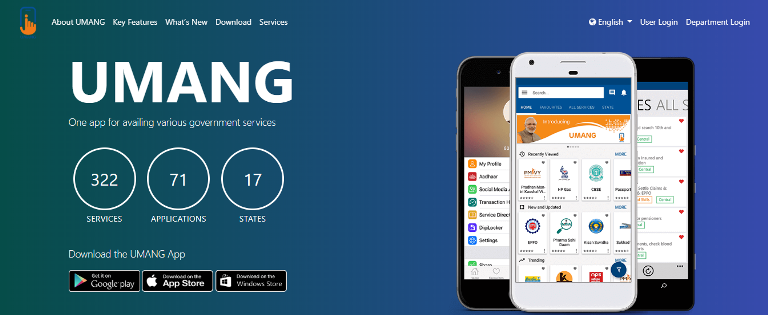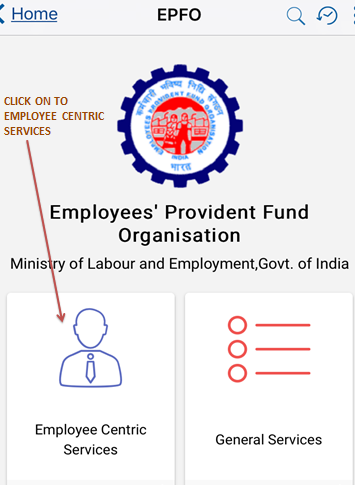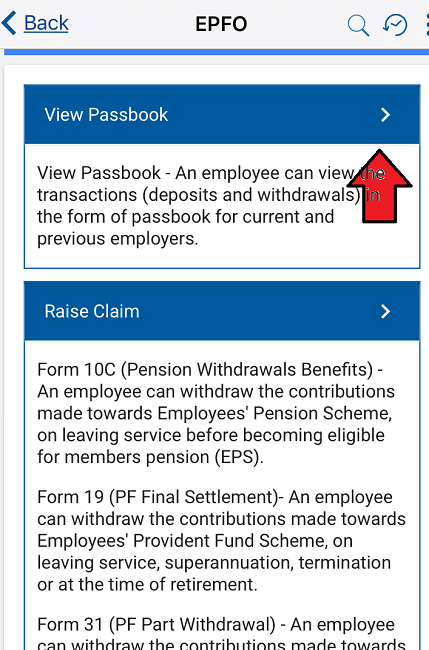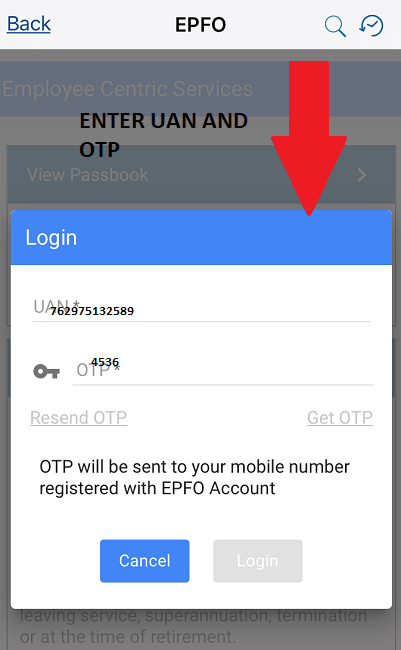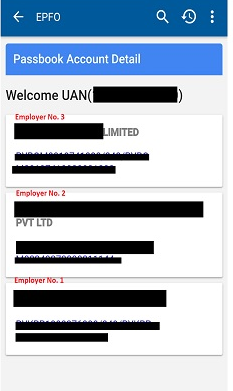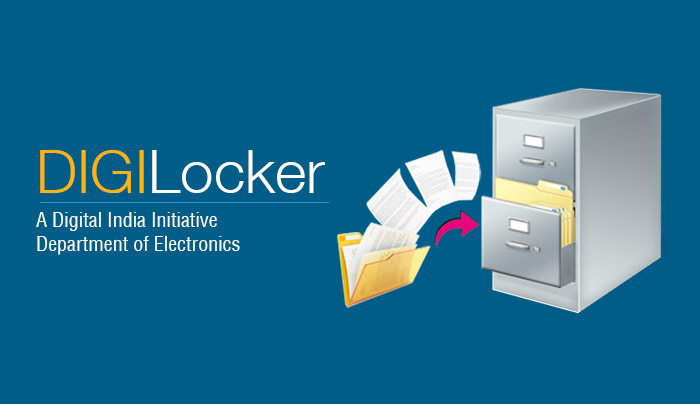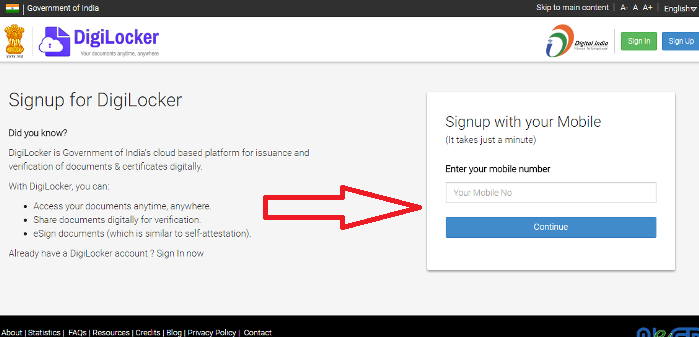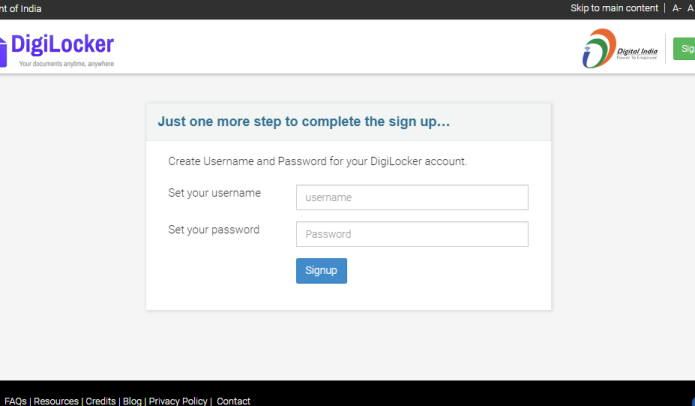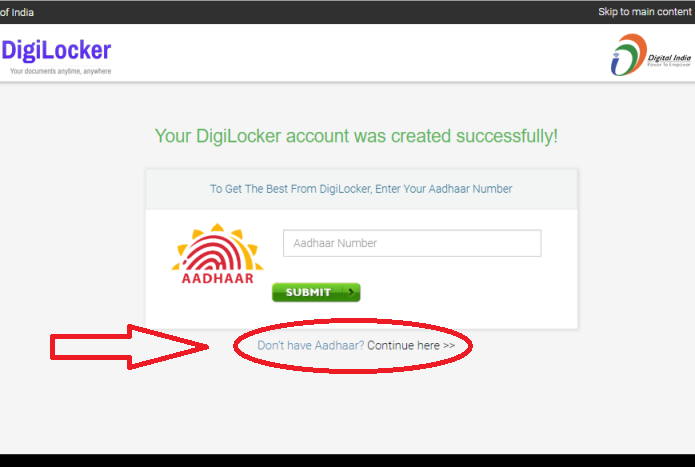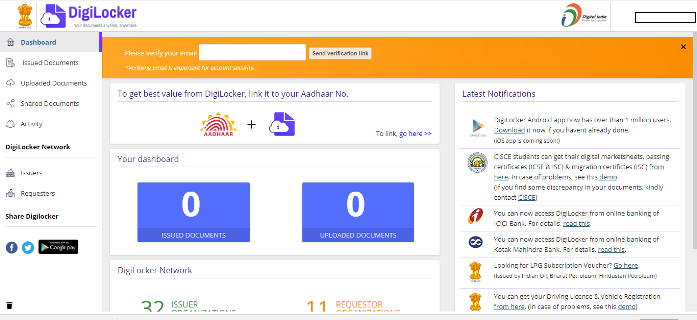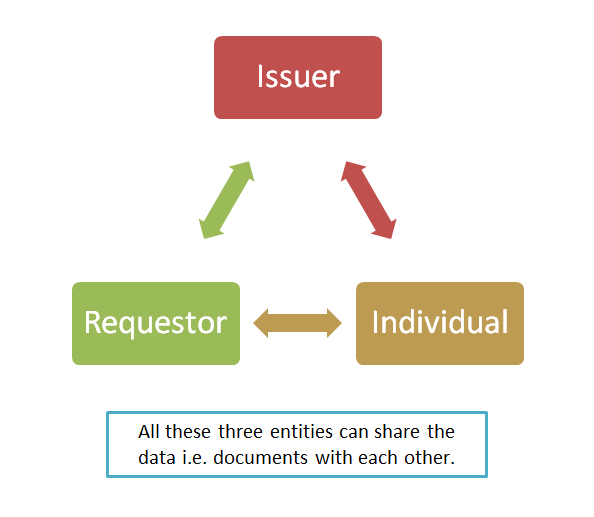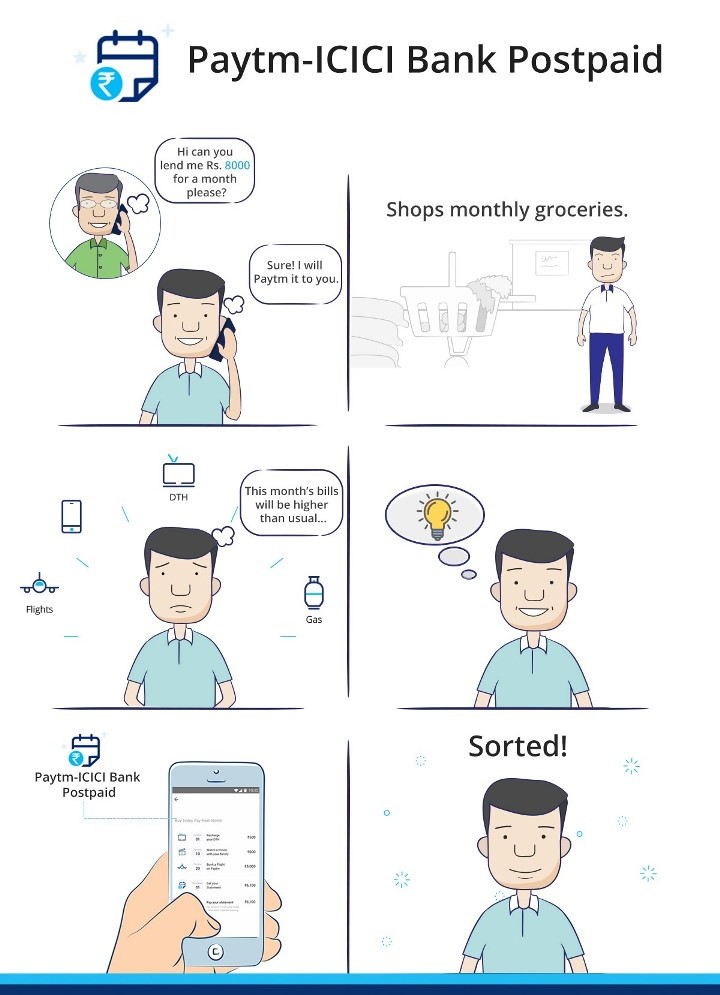Do you want to read the story of an investor who has tripled his net worth in just 8 yrs and learn about his great skills in financial planning?
We bring you the money story of one of our readers from Pune, who agreed to share about his life journey and his achievements. Over to him …
—
Hi Manish
First, let me start by thanking you and Jagoinvestor team for running this great learning portal (Jagoinvestor) and giving me an opportunity to tell my money story which may help some of the readers.
A little bit about my family
To give you some quick background on myself, I live in Pune and I am an IT architect by profession working with Wipro. I come from an upper-middle-class background with my father (passed away last year) been a banker and mother being a housewife.

I also have a younger sister who has been married and well-settled. I have been married with a 4- year old kid now and my wife takes care of the home.
My childhood experience with money
My introduction to money management started at a very early age. My father and mother were always advising us both kids to spend it right and all genuine/reasonable demands were met. However, we didn’t get any pocket money any time as we had been asked to ask for our needs and no money was just given to spend as we like.
Even during my teens, we had a simple practice of giving complete account to mother/father for the money that was given to buy any items. So, I have always valued money to be spent and would continue to do that with my kid.
My father was also a good investor in his time even with no internet and mobile phones available. He had invested in some stocks, some land/flat, FDs and PPF during my growing up days. As a kid, when I used to see him receive cheques for shares dividends for paltry sums, I used to ask him what is this that you keep receiving. He used to tell me that you will understand more with time.
So, curiosity started very early.
I got a job in Bangalore
My hands-on work in personal finance and financial planning space began when I started working in Bangalore at a very low salary (~10K in hand) and was always trying to see the best I could make out of it in terms of savings. To me, money saved was always money earned.
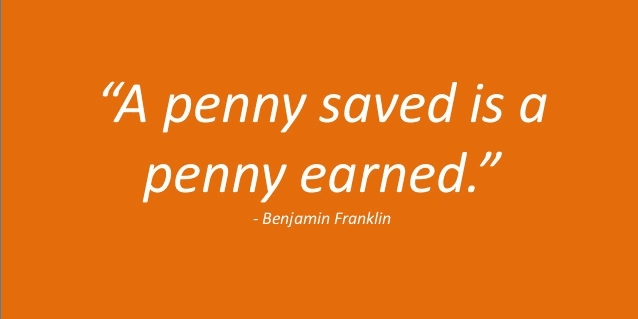
So, I looked upon all possible legal ways of reducing income tax to start with and then investments in other avenues. It also gave me a great boost that all friends used to ask me on how best to save taxes. Later, I did the same even when I was outside India by understanding the IT laws of that country and ensuring I only paid required taxes.
Expanding the horizon
As my interest grew in financial planning, I started covering all bases including insurance policies, PPF investments. Interest in investments led to Stocks, MF, real estate and eventually Portfolio Management Services (PMS).
For fixed-income instruments, I keep some investments in Sukanya Samruddhi, NPS, Fixed Deposits and of course PF. I had created cash inflow/outflow projections for the next 20 years and my estimated expenses at various stages considering inflation.
This has led to investing as per goals at various stages like buying flat, child’s education expense at age of 15, 18, 21 and then marriage, retirement corpus, etc.
My Financial Achievements
From where I started (10K per month salary with zero bank balance) 15 years back to today with well-over 6 figures take-home salary, of course, the salary has grown many folds but then expenses have too. My net worth has tripled in the last 7-8 years (my salary went up by 50% in that time), Stocks/MF/PMS portfolio stands over 1 cr, 2 flats owned.
Money attracts money and so, more investments I made, more returns I got. I bought a flat with no home loan a few years back because of the investments made and that gave me great satisfaction.
My Equation with money
In one sentence, my equation with money is to maximize my potential. Be it earning through all legal means or maximizing returns on my investments. Money has and will always be important to me just like others. Having enough money to me means all needs (and not necessarily all wishes) at different stages are met with ease.
Spending money to me means that every rupee spent is worth the object to be bought. When I meet either of these, I am a happy and content man. If I fail on either one, it’s not losing money which troubles me but it’s the standard/process that I couldn’t follow which led to the loss of money.
How my perspective towards money changed
My primary experience with money is that you need to be diligent with money management. When I was not diligent enough with a couple of investments, I made bad calls and lost money. Similarly, informed decisions in investments have given me substantial returns. Like other aspects of life, Wealth creation takes time and knowledge.
You have to be alert and keep reading to understand views from experts. Blogs like Jagoinvestor help a lot when you start on this journey.
Money is not everything as they say but not having enough money brings everyday problems, I believe.

People crib about not earning enough but they don’t know how to manage and invest what they are earning which leads to higher dissatisfaction. Then come compromises on various needs that have a butterfly effect on other aspects of life.
I have seen someone in my family who has retired from a very high post in Income Tax department, still doesn’t even own a single house and not enough retirement kitty which shows not being diligent enough with money management. He lost money in bad investments with no tracking and his family simply loved spending on shopping time and again.
Then came excuses and defensive attitude. That’s the worst case of lack of money management that I have seen around.
Summary of learning
While I am still learning, there are some experiences/habits/ which have helped me and would like to share –
- Cover your bases – Before you invest, make sure you insure yourself/family with the right policies for Life, Medical, Critical diseases, House and Car (in that order).
- Start Early – It’s been said multiple times that when you start early, the magic of compounding works big time. Make sure you start the habit of saving and investments early even for small amounts. Remember it is a habit and with time, you can increase investments. I started at the age of 23 with saving not more than Rs 1000 in taxes but the habit was developed.
- Ask/Look for help – Solid financial planning is not everyone’s cup of tea. Leave it to experts (check with Jagoinvestor team) where required and don’t hesitate in paying small fees for that work. You also get paid for the job that you do because of your skillsets.
- Track your net worth – It is critical to track your net worth i.e. difference of assets and liabilities. Similarly, track your cash (FD/Savings Acc, Liquid Funds), fixed (real estate, PF/PPF, NPS) and variable assets (Stocks/MF/PMS/Gold). I try to maintain a healthy cash balance too.
- Return on Investments – Your investments should grow when you sleep. Make sure there are no dead investments. A lot of bank balance in savings account looks good but it is detrimental to wealth creation and leads to “money erosion”. Ideally, Your investments should take care of at least your regular payouts i.e. Loan EMI, Credit Cards, Policies premium.
- Track your monthly expenses – I have created a simple excel sheet to track all expenses in a month. I then bucket them in real expenses, Liabilities payout (Loan EMI/Insurance premiums etc) and investments (SIP, Endowment Policies, NPS, Sukanya Samruddhi etc). The idea is to capture % of your income from getting allocated to these sections and avoid unnecessary expenses. Typically, I average 35% in expenses, 35% in liabilities, 25-26% in investments and remaining as just savings.
- Share with spouse – Share with spouse details of your bank accounts with passwords, complete details of assets and liabilities. You never know when would they need it suddenly and you may not be around. Trust me, it becomes impossible for someone new to find all your investments. I have created simple excel sheets, keep updating them and share them with my wife. I store all physical documents in one place.
- Diligence in money management – As there are no shortcuts, make sure you read enough and then make informed decisions. Respect your hard-earned money.
- Wealth Creation – The key is to create wealth over a period and increase your net worth. We are not born millionaires.
- Aspire, not greed– When you see someone successful/failure in money matters, try to learn. Aspire to be successful but don’t envy or have greed. Don’t lose night’s sleep because everyone makes mistakes. There’s always a chance to make a comeback but with patience and again, no short cuts. I learned this from my father who made all right investments but was still very detached emotionally from those investments.
- Follow the right processes and money will follow – Wealth creation is a result or even a by-product (if you may). Following right processes of money management will lead you on the right path.
So, that’s it, folks. I hope my story helps some of you and you can benefit from learnings/best practices I shared. I would like your views on areas that you think I might be able to do better in money management.
What is your money story?
I hope everyone has learned a lot from his story.
If you want to write your money story, Leave your details here and Jagoinvestor team will get in touch with you with the next actions.


